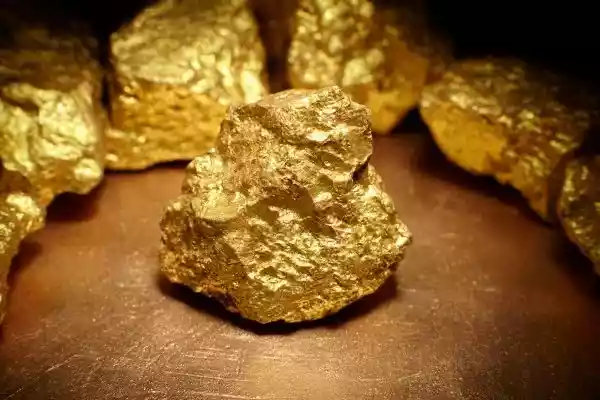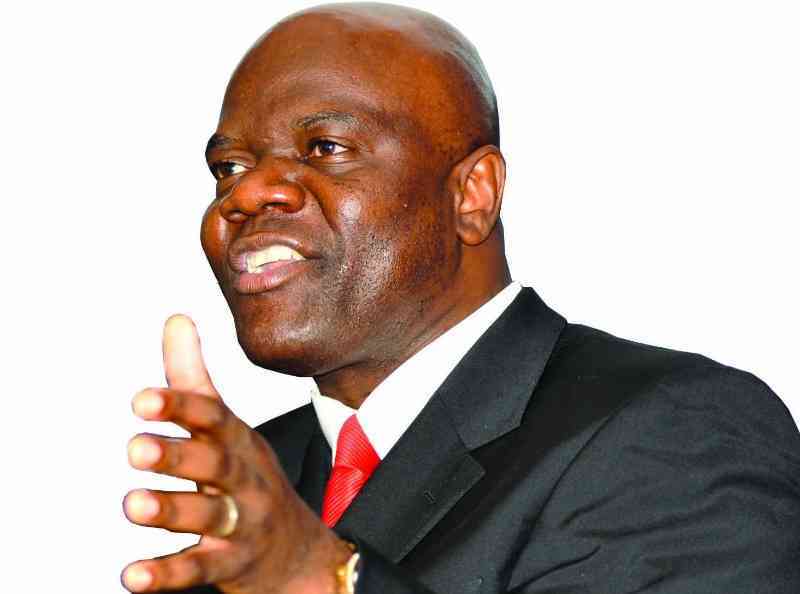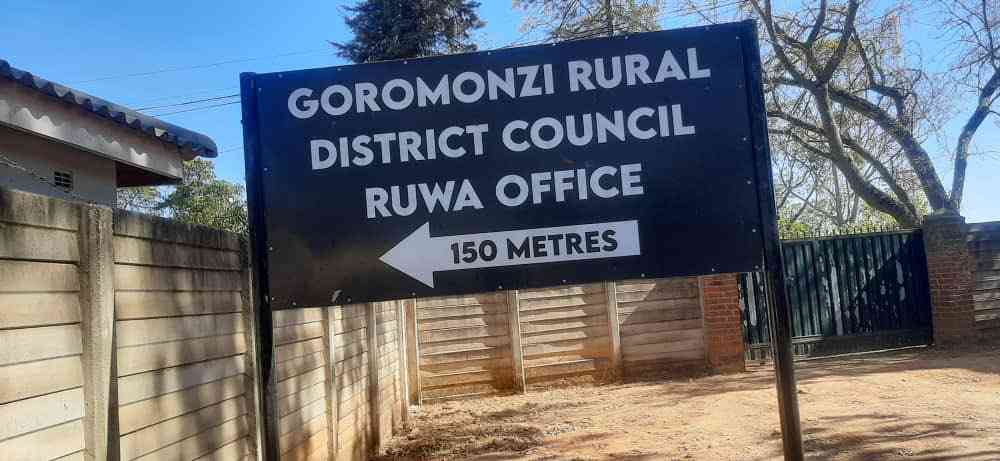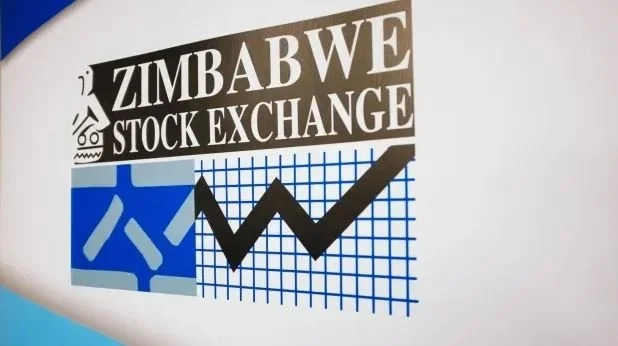
UNITED Kingdom-based miner Ariana Resources will require significantly more than its initial US$82 million capital expenditure (capex) to develop the Dokwe Gold Project after new assessments revealed substantially higher production potential — now estimated at 100 000 ounces of gold per year.
In April, Ariana announced that its Dokwe Gold Project, located in the Tsholotsho District, approximately 110 kilometres northwest of Bulawayo, had a net present value (NPV) of US$160 million. This valuation was based on earlier projections of an annual output of 60 000 ounces of gold.
However, just a month later, further exploration uncovered a far greater resource — over one million ounces of gold, which, at current prices, could generate up to US$3,29 billion in revenue.
During a recent investor briefing, Ariana’s managing director, Kerim Sener, confirmed that the upgraded estimates now support an annual production target of 100 000 ounces, significantly enhancing the project’s economic viability and long-term prospects.
“The capex assumption is based on the original pre-feasibility study (PFS) and that is the PFS funding requirement. The total capital expenditure would somewhat be more than that,” he said.
“The main point is that PFS was based on Dokwe North only, so when we start to integrate Dokwe Central into the picture and we look at how we might be approaching the mining and processing of both of those locations.”
The miner identified very large, moderate-grade, open pit deposits punctuated by high-grade zones, including visible gold, associated with sheared and silicified zones.
“Significant exploration opportunities remain within and around the deposit to grow the resource base,” Ariana said.
- Sorry I pissed off some people in the boxing world: Cassper
- Sorry I pissed off some people in the boxing world: Cassper
- By-products overtake platinum revenue
- Stockbroker targets mbira fame
Keep Reading
“At least three continuous high-grade zones occur at regular spacings within the deposit and appear to plunge at a moderate angle to the southwest — deposit has not been closed-off by drilling in this direction.”
Regarding Dokwe Central, exploration efforts revealed in-pit indicated and inferred MRE of 1,31mt at 2,18g/t Au for 91 000 ounces of gold.
However, this is a smaller higher-grade pipe-like deposit with abundant quartz veins containing several long high-grade zones
“Current inferred resources located beneath the optimised pit have the potential to be converted to indicated with new data,” Ariana said.
“Significant exploration and resource growth opportunity exists at depth and further along strike.”
The miner noted that current gold resources of 1,42 million ounces sit within optimised pit shells at Dokwe North and Central.
“Near-term exploration activities to focus on as-yet untested gold geochemical anomalies, along with extensions of known structures identified in geophysics,” Ariana said.
“Multiple untested targets occur elsewhere across the wider project area around Dokwe North, notably at Dokwe Central, Siduli Pan and Dokwe South.”
Sener said these new findings confirmed that initial capex expectations would rise.
“It established a somewhat different operation so it is not going to look quite like the prefeasibility study and there will almost certainly be a scale-up of the capital expenditure,” he said.
“If we want to get to 100 000 ounces per annum, which is the target, we need to be upping the mining rate and upping the processing rate, which means bigger mills for starters, a bigger processing plant so that means more money.”
The miner also mentioned that the proximity to Johannesburg, South Africa, would give them access to suppliers in the neighbouring country which has a robust supply chain.











